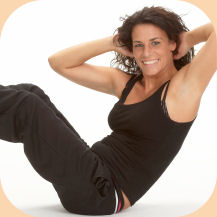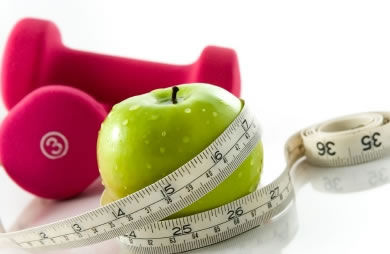 NOTE: This exercise routine is intended for use before and after pregnancy. Postpartum women need clearance from a health-care provider before starting a workout regimen.
NOTE: This exercise routine is intended for use before and after pregnancy. Postpartum women need clearance from a health-care provider before starting a workout regimen. For more information on regaining strength in the abdominals after pregnancy, read Post-Pregnancy Core Rebuilding. As a fitness instructor, I get a lot of questions about Pilates, from what it is to how it benefits the body. I too was skeptical about how this gentle form of exercise-which, to me, looked a lot like lying on the floor-could boast such big benefits. I like a workout that's challenging and intense-heavy weights, high inclines, fast speeds. Those floor exercises are for beginners who are weak and unfit?or so I thought. I decided to learn more about Pilates by taking a few instructor workshops and training in "the method" myself. What I discovered surprised me. Pilates, when done correctly, offers major fitness benefits, requires mental focus, connects the mind and body, and truly does sculpt the abs like nothing else I've ever tried. Starting as a skeptic, I became a believer, practitioner and instructor in a matter of months. For all of you skeptics who think that Pilates has nothing to offer you, think again! Almost one hundred years since Joseph Pilates (1880-1967) created and refined the exercises of his namesake, more and more people continue to practice Pilates around the world. Research has shown that Pilates also improves:
Continued › |
A Skeptic's Guide to Pilates
Think Pilates Isn't for You? Think Again!
Page 1 of 3 Next Page ›






Member Comments